The Dutch designer uses cutting-edge photovoltaics to create artful products and installations, pushing the world further towards a solar-powered future
In one hour, the sun provides enough energy to power the whole world for an entire year. Dutch solar designer Marjan van Aubel doesn’t want us to let that natural, sustainable resource go to waste any longer. “Solar has become the cheapest form of energy,” she says, and it’s predicted to soon be the largest renewable source. Although fossil fuels have accounted for 80% of the world’s energy demands for several decades, that number will finally begin to drop in 2030 if current trends continue, according to the International Energy Agency’s World Energy Outlook 2023 report. Solar is ready to pick up the slack; van Aubel wants to help accelerate it.

Her unique practice is dedicated to democratising solar power, using design as a vehicle to both garner interest and open access to the technology that generates it. Rather than the fixed, expensive solar panels we typically associate with harnessing the power of the sun, van Aubel’s innovative designs are as colourful and open-ended as the future of solar energy. Her eponymous studio’s work reveals a new world of possible functional forms to harness the renewable source, from pendant lights to furniture to a Lexus concept car, unveiled during Miami Art Week in December 2023.
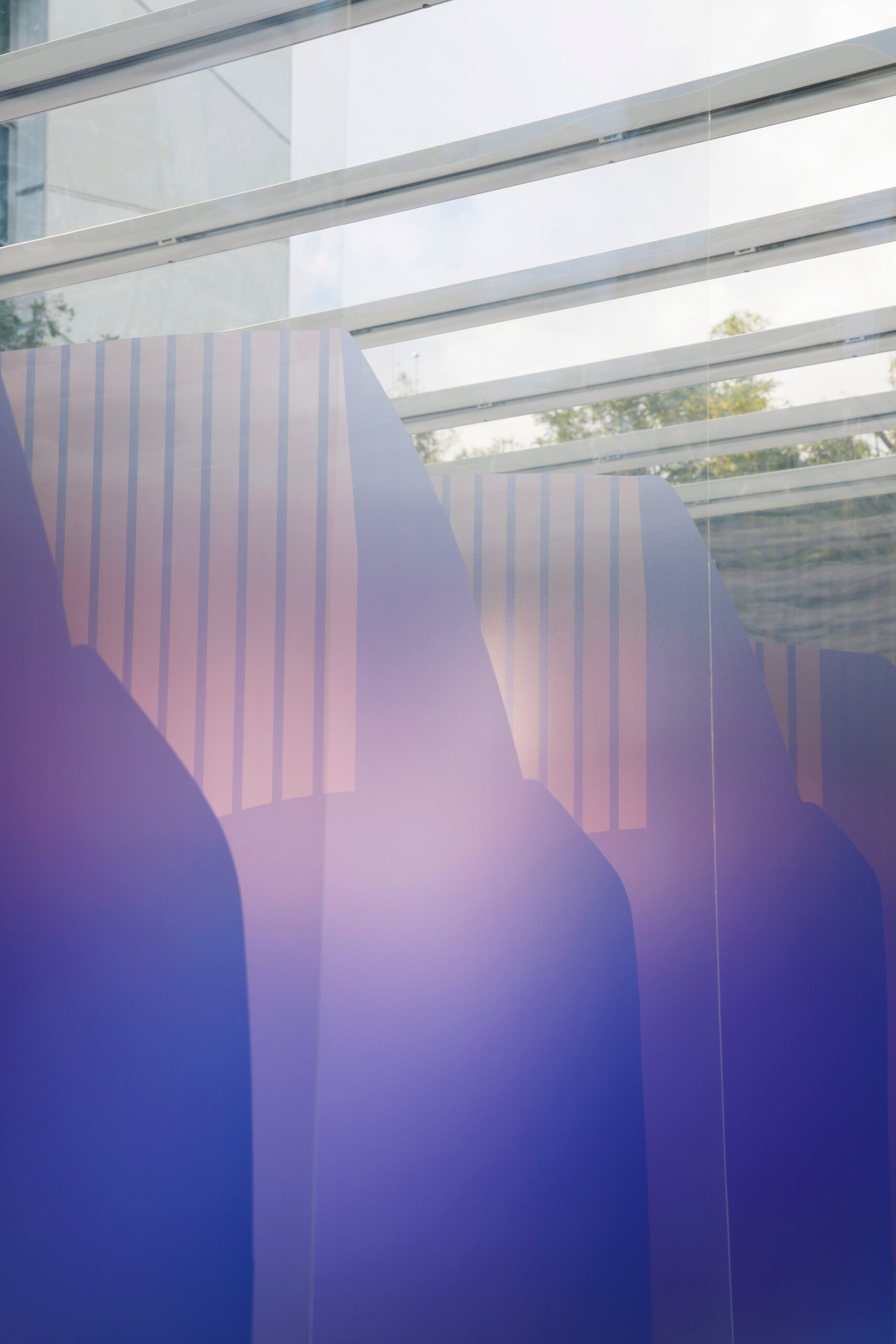
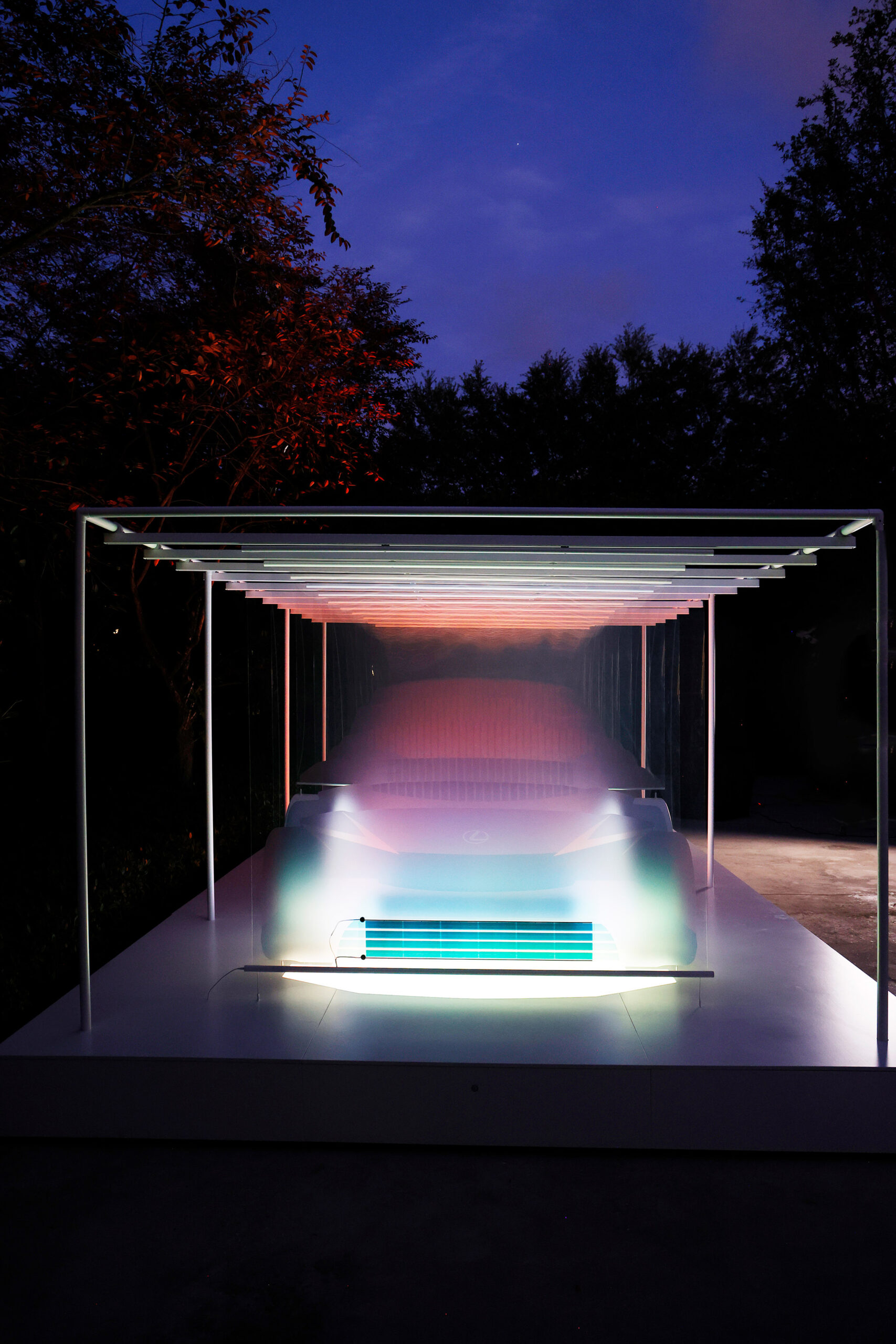
“The problem is that most of us still have an outdated idea about solar energy,” she writes in her 2022 book Solar Futures: How to Design a Post-Fossil World with the Sun. “Solar panels no longer need to be black or blue, directed towards a certain angle to absorb the sun’s rays.” Instead, van Aubel’s projects utilise organic photovoltaics—the next generation of sustainable, flexible, and efficient solar technology. Unlike the rigid crystalline panels often installed atop roofs, in fields, or over parking lots, these solar cells are made of pliable and super-thin films (less than 100 nanometers thick) and can be applied dynamically to any surface or shaped to make objects from lighting to wearables.
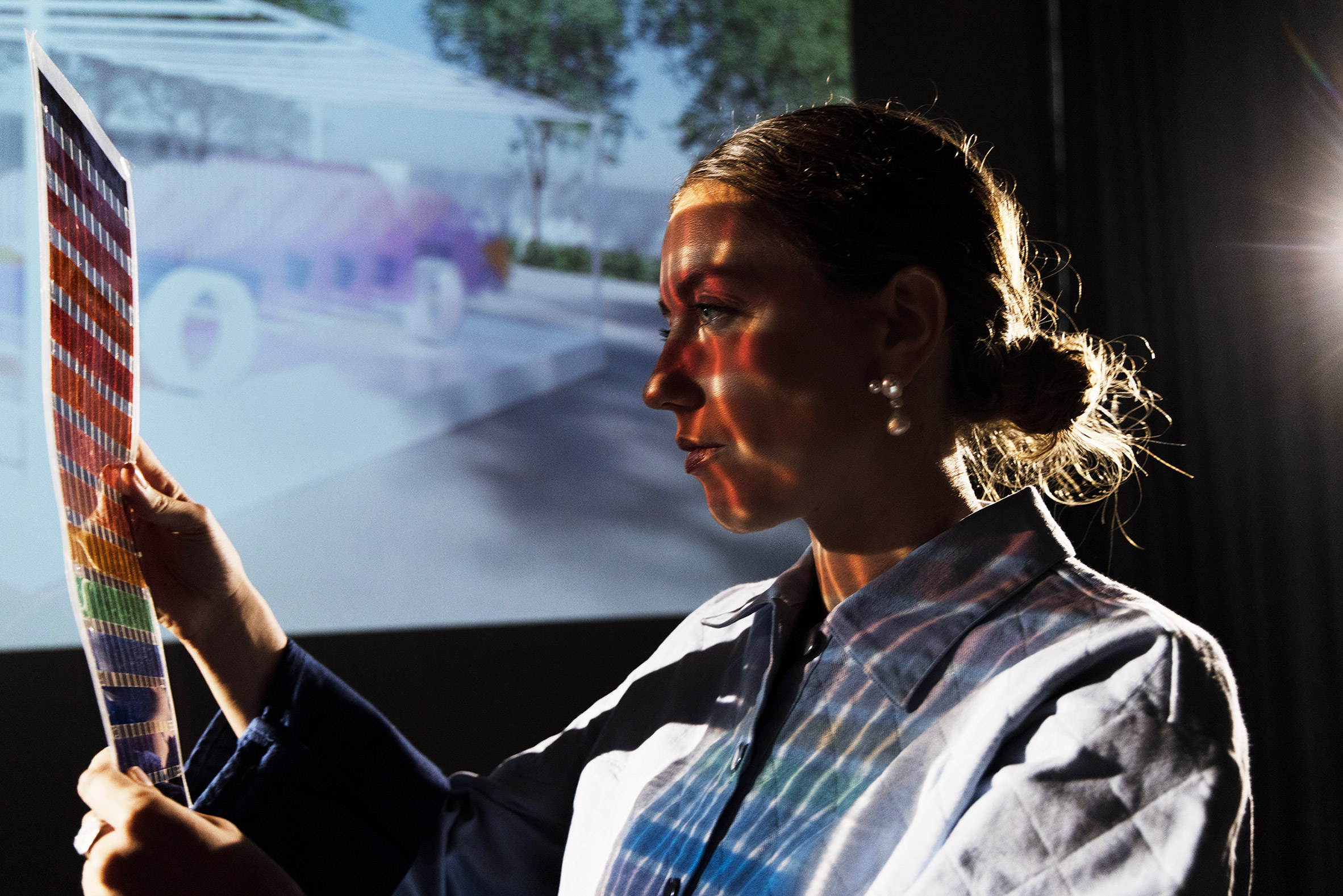
“Organic photovoltaics are transparent. They’re flexible. You can print on them,” explains van Aubel. They are also constructed entirely from organic materials that don’t require the mining of crystalline silicon and rare metals in China that the standard panels do, marking a step toward greater global diversification of raw material suppliers for solar technologies. Because they aren’t carbon-based, they can be taken apart to recycle their components for other uses, if necessary, forming a sustainable closed-loop system with zero waste.

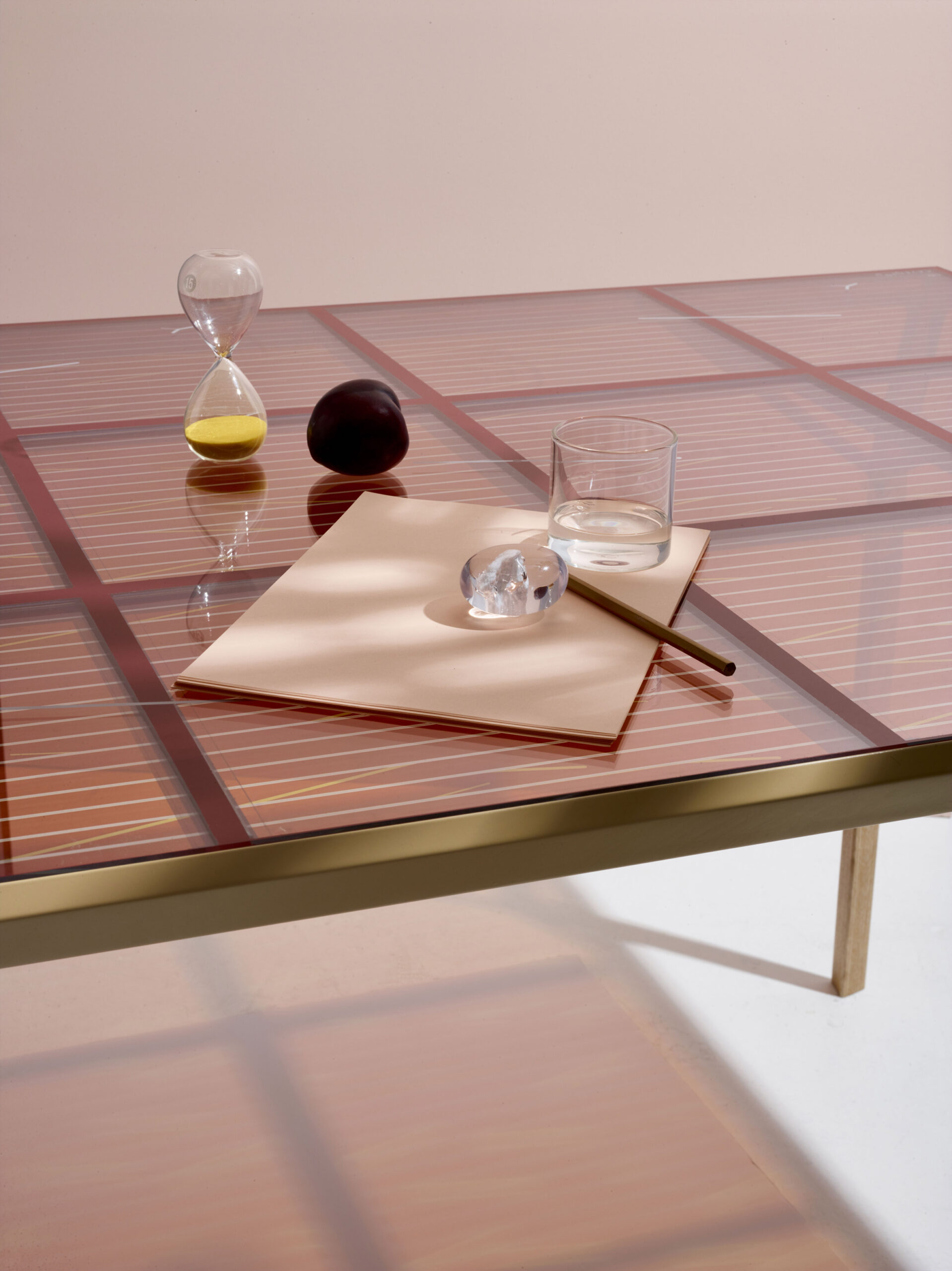
What design can contribute to conversations around the championing of solar energy and its most innovative, planet-friendly solar cells is new methods for at-home applications that are both aesthetically pleasing and approachable. “Beauty is important because it makes something human-centred and inspiring,” says the designer. “It also helps us to envision a hopeful future.”
With van Aubel’s Sunne light, the sun can be harvested in any window—the curved aluminium pendant stores solar energy in its integrated battery during the daytime, and then glows to mimic the sun’s natural movement at dusk, night and dawn. Meanwhile Ra takes the form of a stained glass window that’s less than one-millimetre thick, composed of coloured organic photovoltaics that power electroluminescent paper, and turn the sun’s energy into art. These functional works help to introduce concepts at home, but if a post-carbon future is the goal, as it is for van Aubel, scale is needed.
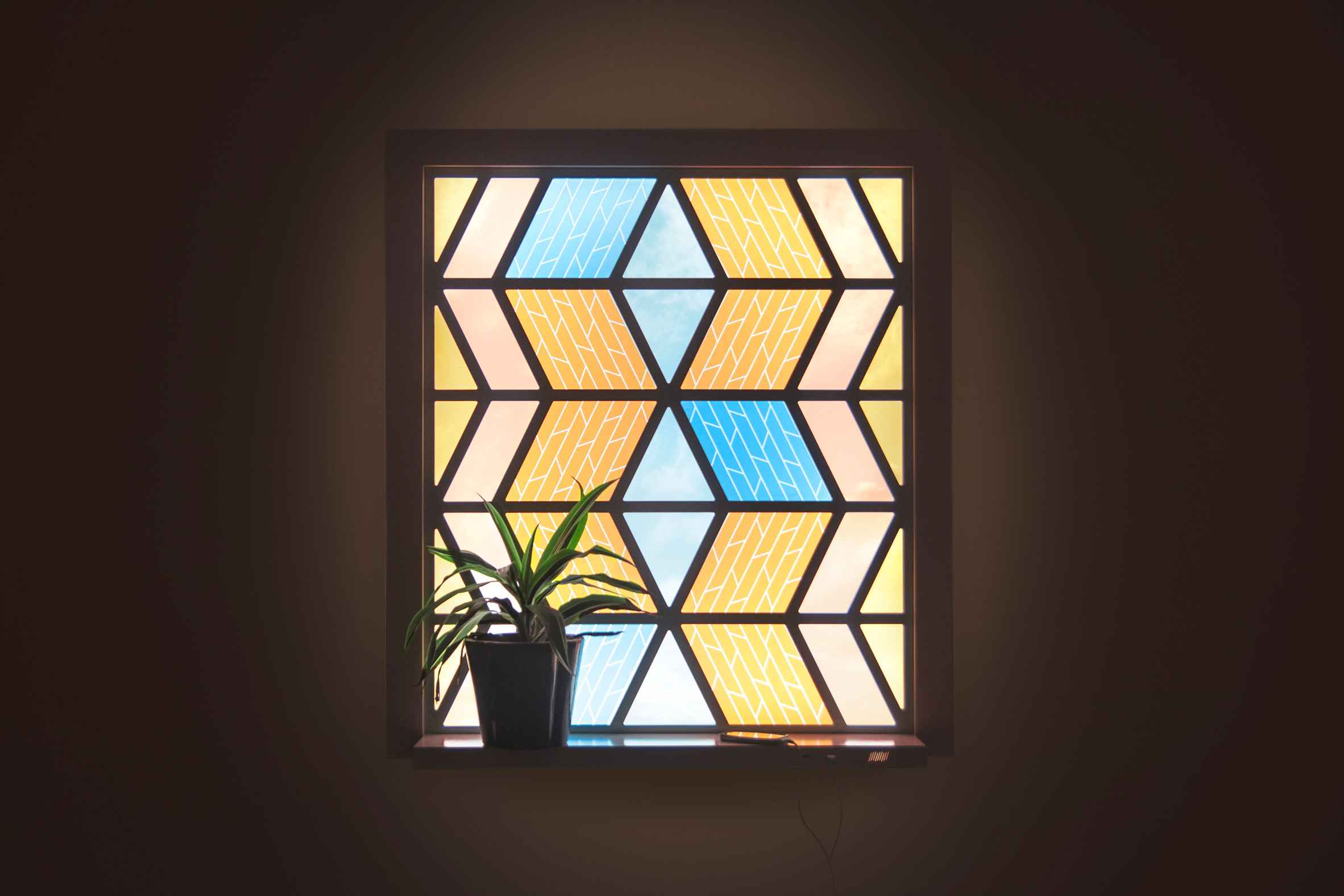
Collaborating with companies like Cos, Swarovski and Lexus brings evidence and experiments about the capabilities of solar to a larger global audience. At Miami’s Institute of Contemporary Art, the designer created 8 Minutes and 20 Seconds, an installation comprising a series of organic photovoltaic solar cells that revealed the form of a Lexus Future Zero-emission Catalyst concept car. As viewers moved around the sculpture, its atmospheric sound and intensity of colour changed by increased human presence. The title references the amount of time it takes sunlight to reach the Earth, and therefore, by 2026, this future electric-powered vehicle too. One day, thanks to the same tech that makes up the installation, a car model could be powered by the sun itself.


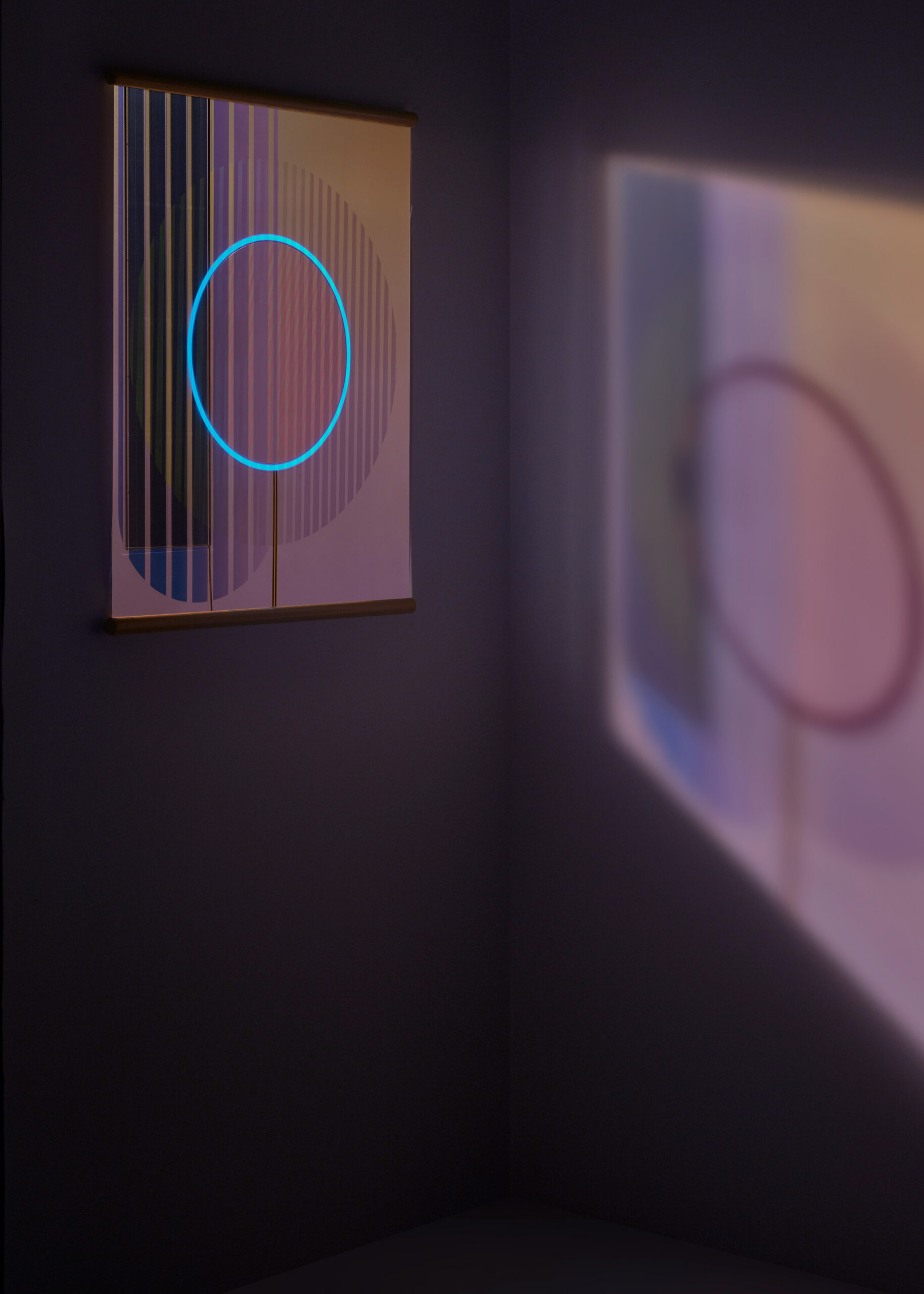
With this technology, the applications of solar power are seemingly endless. Marjan van Aubel Studio’s research is helping make a global leap toward a fossil-free future, as are projects by like-minded designers like Pauline van Dongen, with whom van Aubel organised the world’s first Solar Biennale in the Netherlands in 2022 (the second will be held next year in Switzerland in partnership with the Museum of Contemporary Design and Applied Arts).
Where development is lacking, however, is in the cells’ batteries. “Solar cells are 10 years ahead,” says van Aubel. “In the solar world, we are now thinking about how to make cells modular and with better materials. Batteries are getting there, but are not quite caught up.” Lightweight versions on the market help reduce the amount of rare material needed to make them, but they are still not carbon-free and recyclable, like organic photovoltaics.

In the meantime, we can start to harness solar energy where we can retrofit, says the designer. Architecture that might not be able to support crystalline solar panels might instead be wrapped in thin, malleable, transparent solar cells. “In a city like Miami, for example, you can use a lot of surfaces that now are not being used to harness solar energy: the roof, the windows, the facade itself,” she says. “We should start exploring how we can produce electricity for each building on-site.”
If van Aubel’s mission takes the knowledge far enough, we could see architects and engineers begin to construct new projects with integrated solar cells. When buildings account for 30% of the world’s greenhouse gas emissions, designing to combat their impact (and save an owner money with less reliance on grid energy), begins to feel more like a necessity. “I hope solar energy becomes part of design ethos,” says van Aubel. “I think that in the future, a building will be considered broken if it doesn’t generate its own energy.” It’s perhaps best then, for humans and for the planet, to get ahead of the trend.
Read more: Design | Designer | Miami | Miami Art Week | USA



